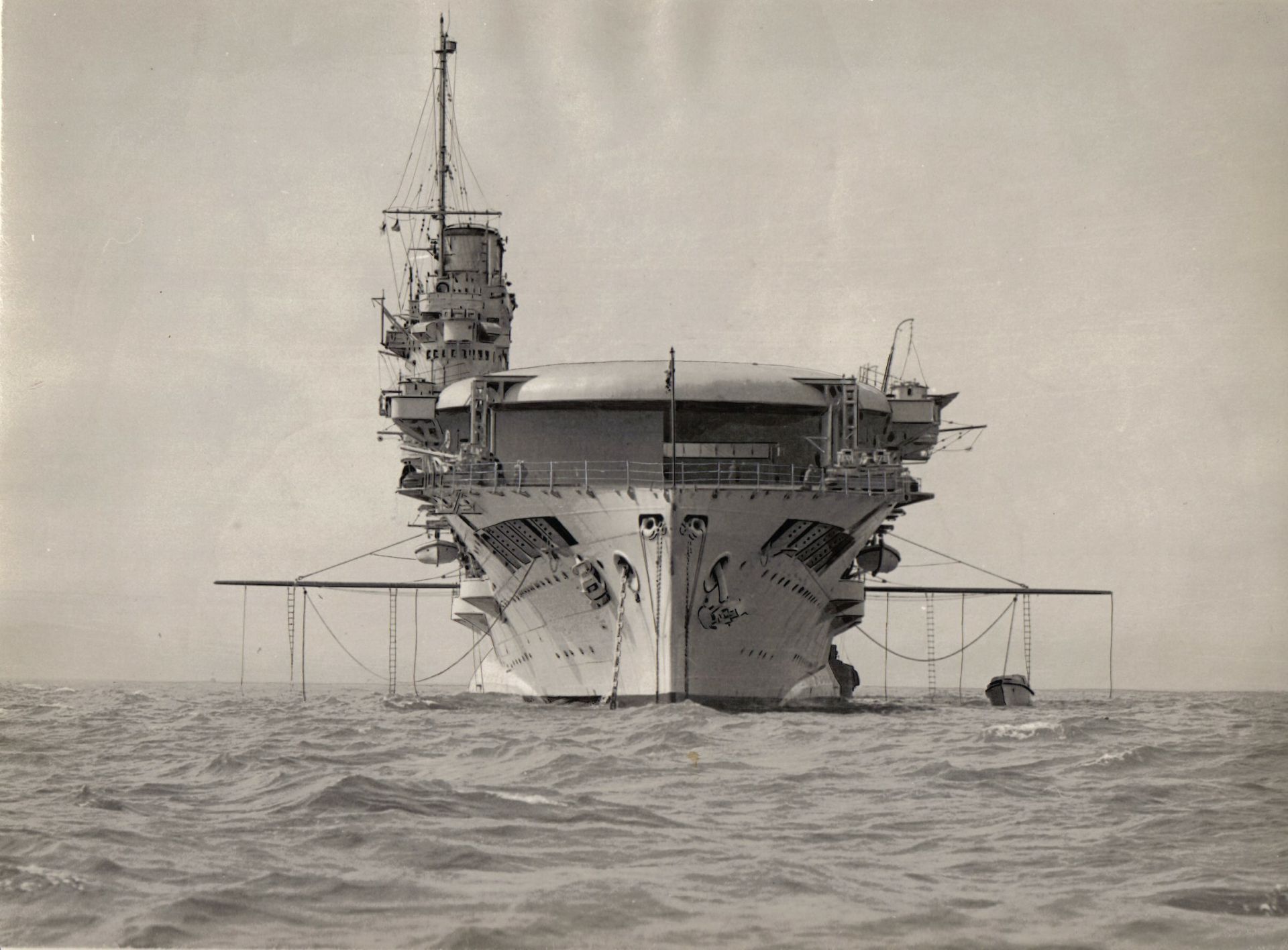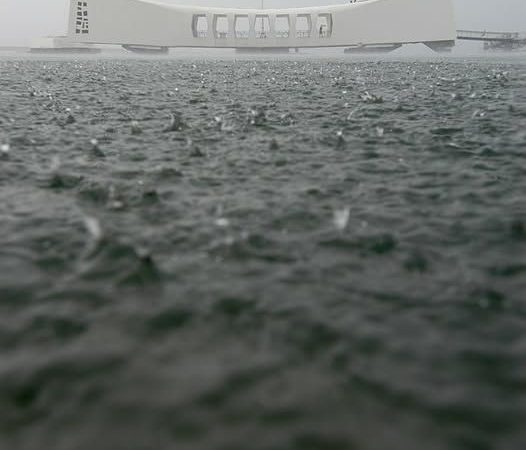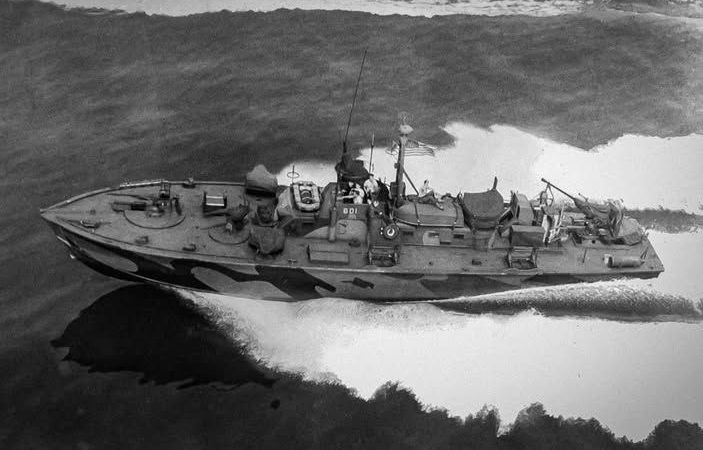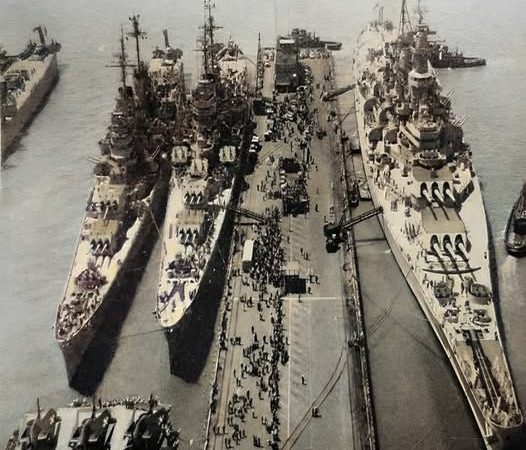From Battlecruiser to Aircraft Carrier: The Transformation of HMS Glorious
Originally commissioned as a 19,000-ton battlecruiser in the early years of World War I, HMS Glorious was designed specifically to serve in the shallow waters of the Baltic Sea. Built with speed and firepower in mind, Glorious featured triple 4-inch gun mounts, which made her formidable in combat. She was stationed to play a decisive role in naval engagements that were anticipated in this region.
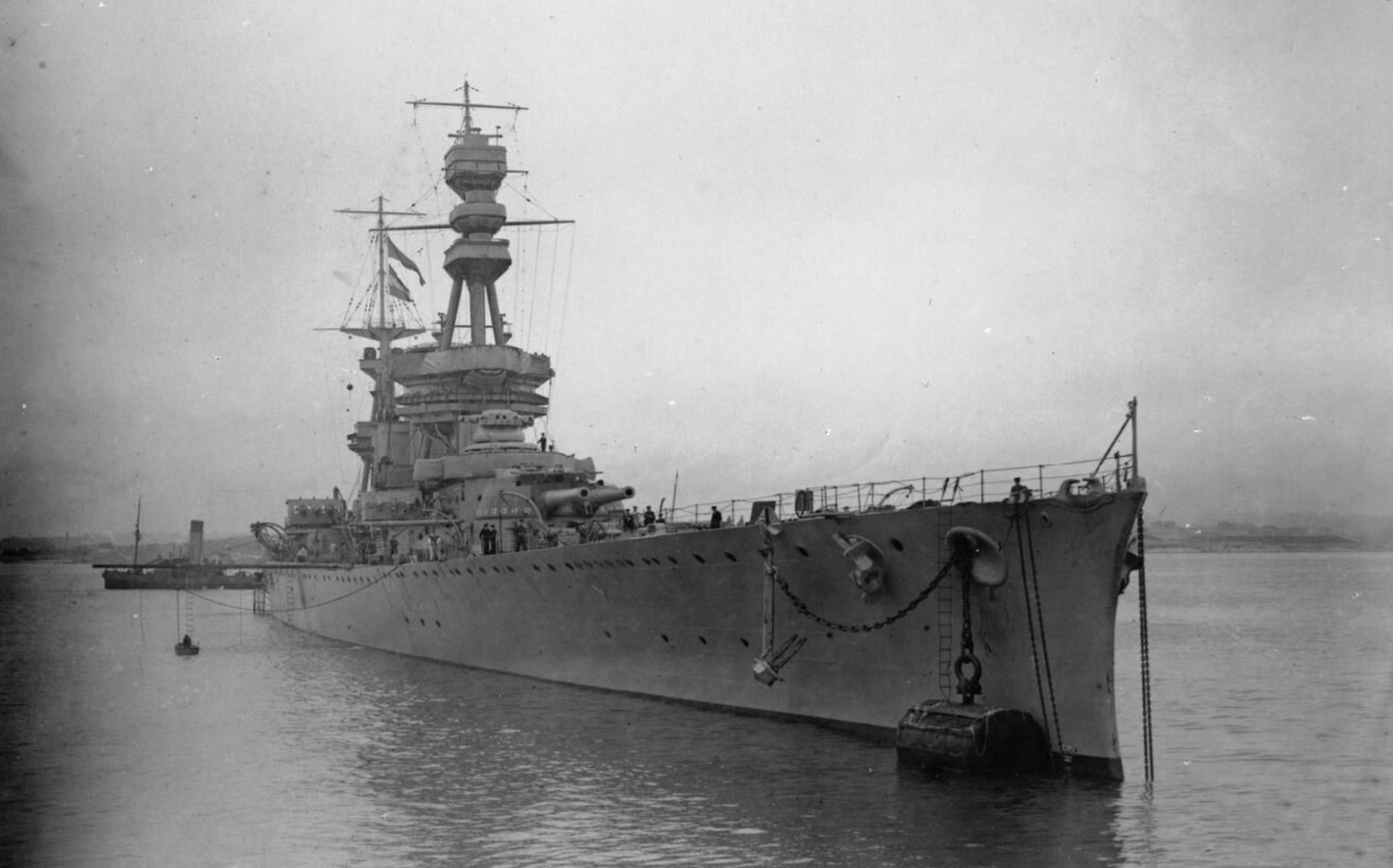
However, after the end of WWI, the Royal Navy’s focus began to shift. Recognizing the changing nature of naval warfare and the rising importance of air power, the British Admiralty placed HMS Glorious in reserve by early 1919. The concept of using aircraft at sea was still relatively new, but the Royal Navy was one of the first to see the potential of converting ships for this purpose. Thus, in the 1920s, the decision was made to transform Glorious from a battlecruiser into an aircraft carrier.
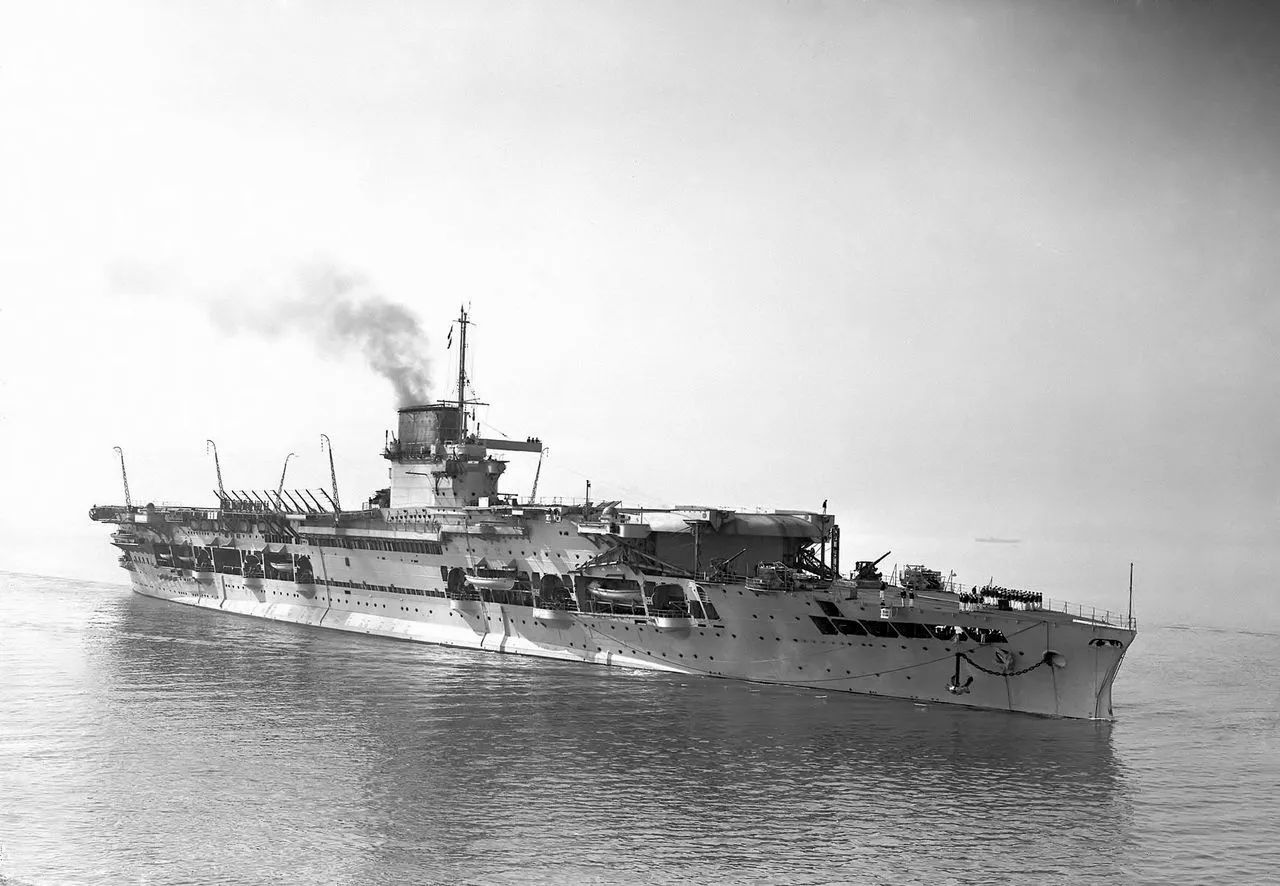
The conversion process was extensive, requiring an increase in tonnage from 19,000 to 25,000 tons to accommodate a large flight deck, hangars, and equipment necessary for handling aircraft. By 1930, HMS Glorious had emerged in her new role, now equipped to support a fleet of aircraft, and ready for the new challenges that aerial warfare would bring.
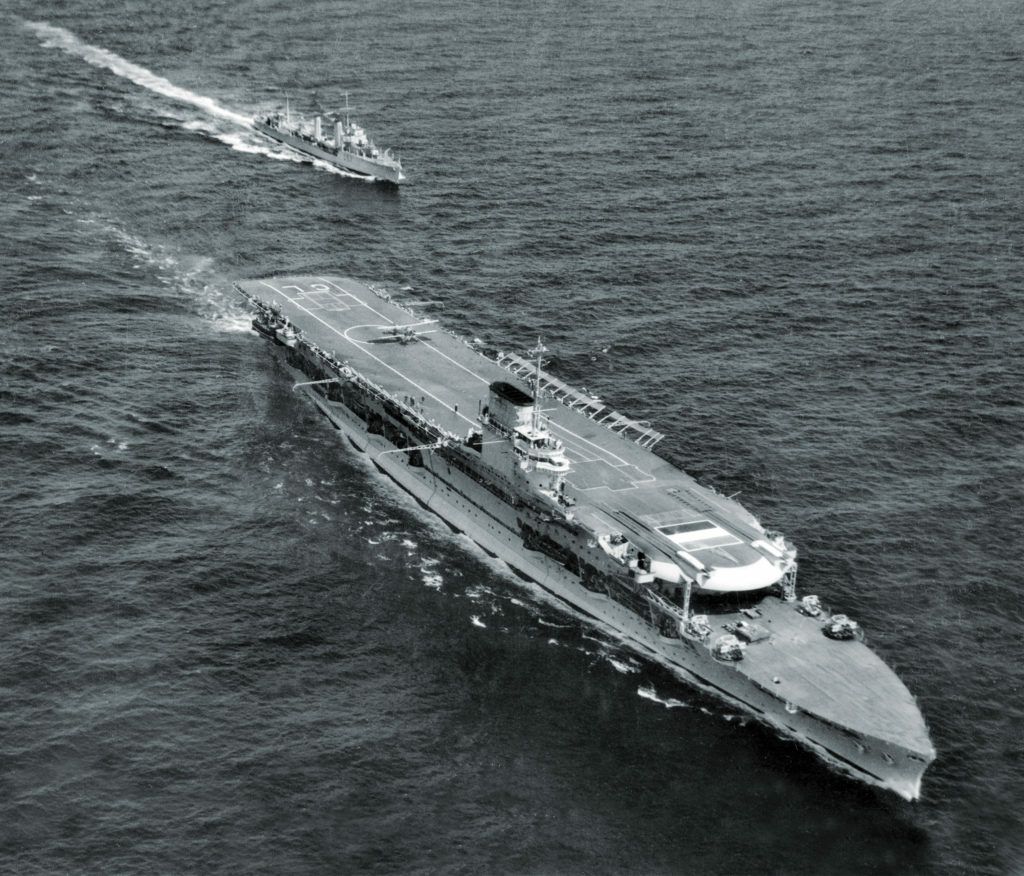
The transformation of HMS Glorious was not only a testament to the Royal Navy’s adaptability but also a pivotal step in the evolution of naval strategy. As one of the earliest battlecruisers to be converted into an aircraft carrier, HMS Glorious represented a significant shift toward the air-dominated naval tactics that would define much of the 20th century’s maritime conflicts. Her story remains a unique example of how military technology and strategies evolve in response to the ever-changing landscape of warfare.
